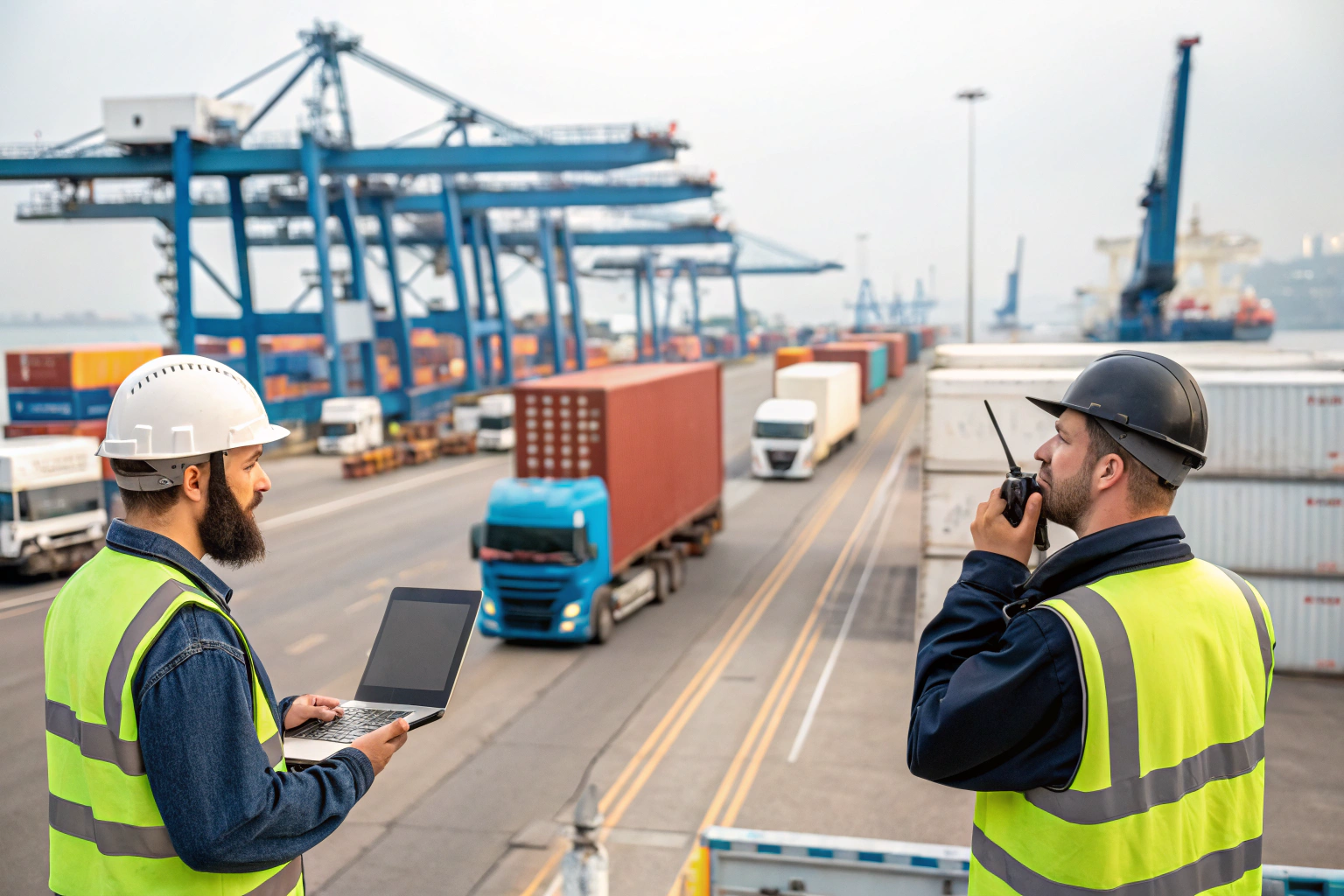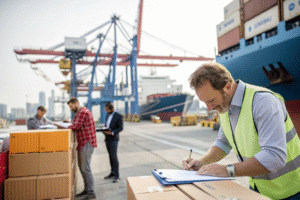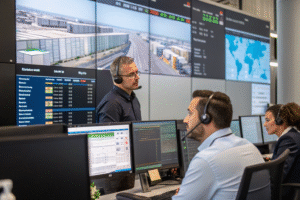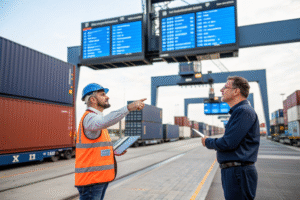Late deliveries can disrupt production, kill seasonal sales, and damage trust between sellers and buyers. For business owners like Ron shipping from China to the U.S., reliability isn't a luxury—it's a requirement. But how do you ensure your cargo arrives on time, every time?
Freight forwarders are the backbone of consistent delivery performance. From optimized routing and contingency planning to real-time communication with ports and carriers, they provide the structure and systems needed to keep freight flowing smoothly and predictably.
In this article, I’ll share how experienced freight forwarders like GeeseCargo help businesses ship smarter—and more reliably—across international lanes.
What Are the Main Factors Affecting Delivery Reliability?
Shipping across continents is rarely straightforward. Even one disruption—like a late vessel departure or customs delay—can derail your timeline.
Freight forwarders safeguard delivery schedules by identifying and mitigating these risk factors before they happen.
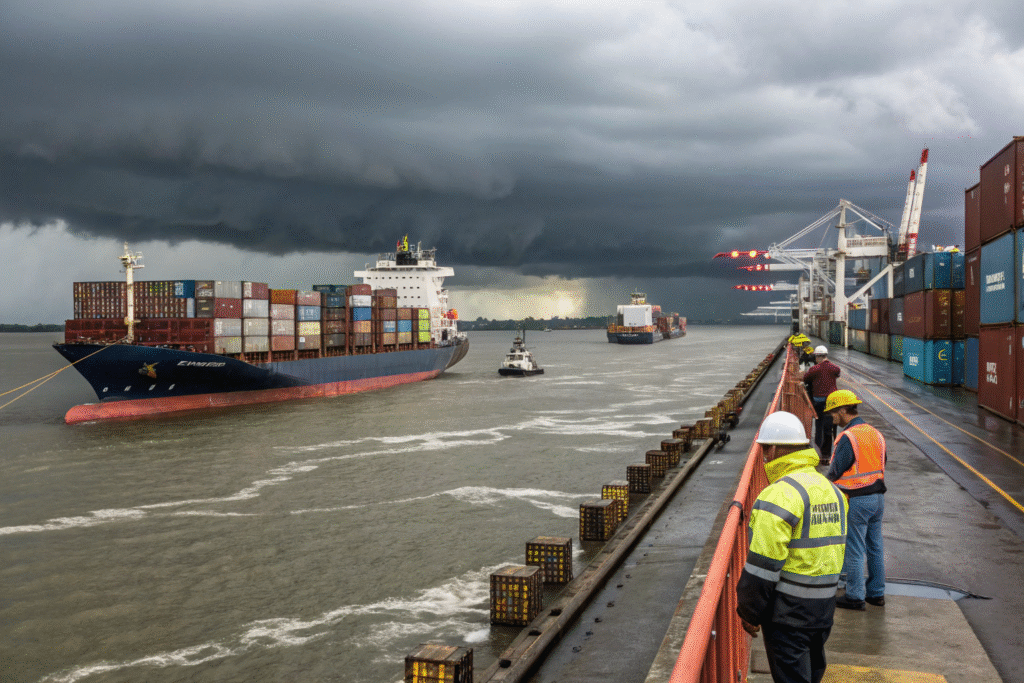
What External Risks Threaten On-Time Delivery?
Common risks include:
- Port congestion (especially during peak season)
- Carrier schedule changes
- Customs clearance delays
- Typhoons or seasonal storms
For instance, Port of Ningbo often experiences congestion during Q4 due to high export volume. Without preparation, containers may miss their scheduled sailings.
Freight forwarders use platforms like MarineTraffic and internal port status systems to monitor and adapt to these issues in real time.
How Do Internal Communication Errors Cause Delays?
Poor coordination between supplier, forwarder, and consignee leads to missed pickup windows, incorrect documentation, or mismatched schedules.
At GeeseCargo, we set up shipment milestone alerts and enforce standardized documentation templates to minimize such miscommunication. We also assign a dedicated operations coordinator to each client so you always speak to the same person for every shipment.
How Do Freight Forwarders Manage and Monitor Transit?
Knowing where your cargo is—and what it’s going through—is key to timely delivery.
Freight forwarders use tracking systems, ETA forecasting, and performance dashboards to monitor cargo during every transit phase.

What Technologies Support Reliable Delivery?
GeeseCargo integrates with platforms like FourKites and project44 to provide live shipment tracking, predictive ETAs, and route alerts. We also offer container-level GPS for high-value shipments.
Clients receive automated updates when cargo:
- Leaves factory
- Clears export customs
- Is loaded on board
- Arrives at destination port
- Clears import customs
- Is delivered to warehouse
These touchpoints ensure you’re never guessing where your cargo is.
How Do Forwarders Handle Transshipments?
Transshipment (when cargo switches vessels at an intermediate port) increases the risk of delay or loss. We avoid unnecessary transshipments when possible. When required, we only use trusted hubs with clean transfer records like Singapore or Busan.
Learn more about transshipment port efficiency and its impact on freight predictability.
What Planning Strategies Improve Reliability?
Freight is won or lost in the planning phase. Forwarders with a proactive mindset don’t just react—they anticipate.
Freight forwarders use coordinated planning, deadline buffers, and carrier performance data to build smarter shipment strategies.
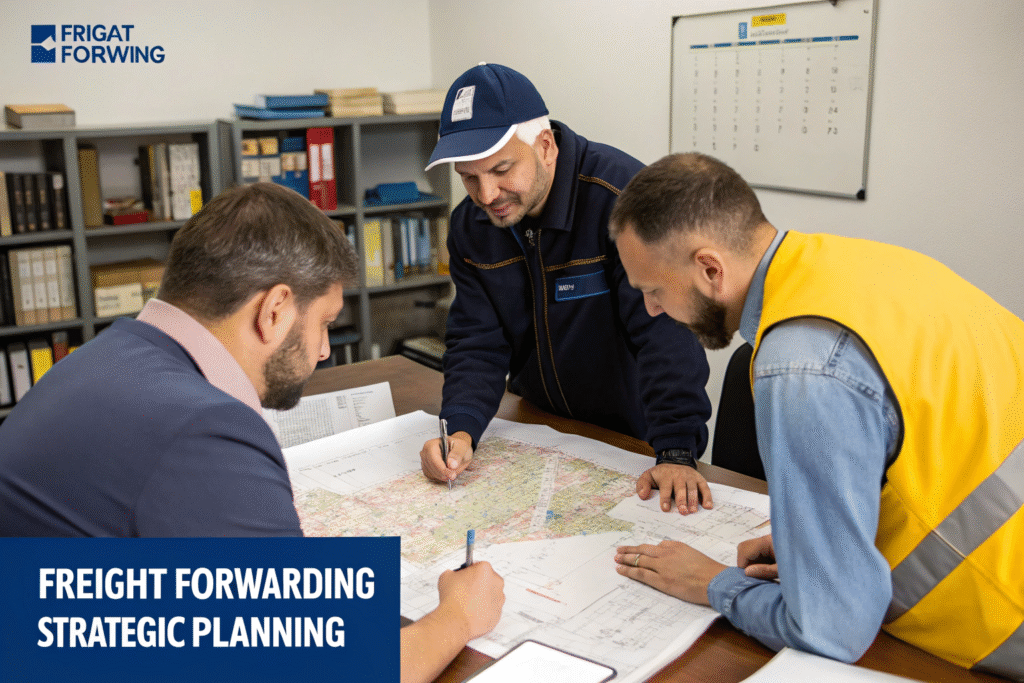
How Do They Coordinate With Suppliers?
We communicate with your supplier 7–10 days before pickup to confirm:
- Production readiness
- Palletized packaging standards
- Booking reference numbers
- Export license status
Our SOPs require photo confirmation before truck dispatch to ensure cargo is labeled and ready. We even help factories schedule China customs inspection slots for faster clearance.
What If a Delivery Deadline Is Fixed?
If you're running a seasonal promotion or trade show, we build a margin buffer into the timeline. That includes:
- Early sailing options
- Emergency air freight backup
- Direct port-to-door trucking coordination
This level of planning is why Ron, one of our U.S. apparel clients, now ships all his Halloween inventory with GeeseCargo in August—with a 98% on-time delivery rate over three years.
How Do Forwarders Respond to Unexpected Disruptions?
Even with the best planning, surprises happen. What matters is how your forwarder responds.
Freight forwarders have contingency plans, backup vendors, and 24/7 support to resolve disruptions fast.
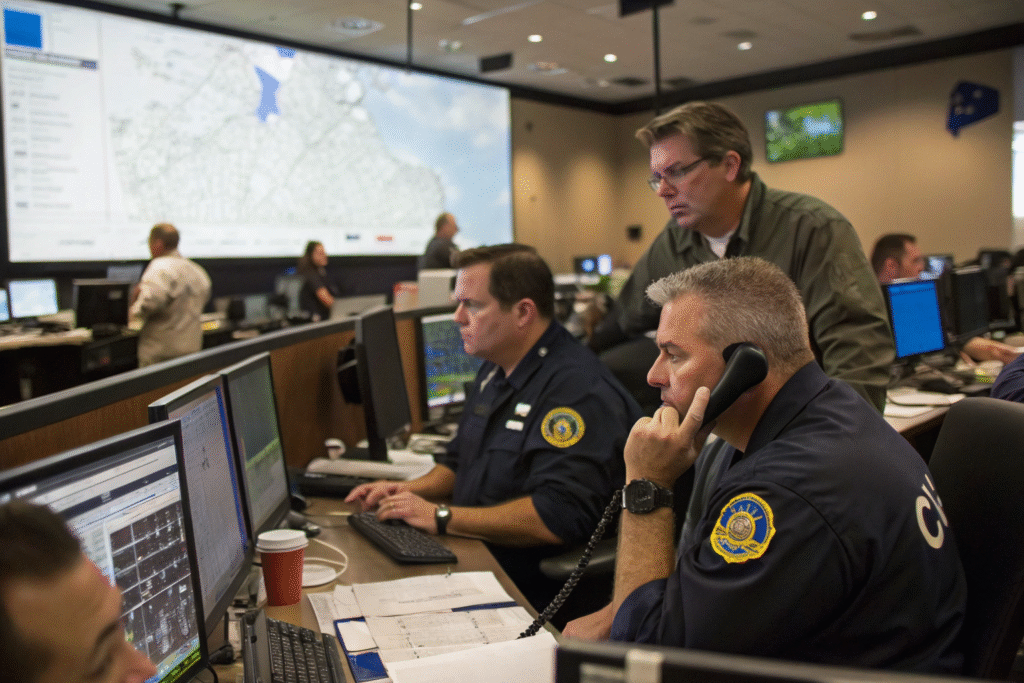
How Fast Do They React to Changes?
GeeseCargo has round-the-clock response teams in China and the U.S. We receive alerts on:
- Delayed ETD or ETA
- Document mismatches
- Container rollover risks
- Port strikes or natural disasters
If a sailing is canceled, we immediately rebook your cargo on the next available vessel—often within 48 hours—while updating new documents in real-time.
Check out how Maersk adjusts their schedules during peak disruptions.
How Is Customer Communication Maintained?
Reliability isn’t just about moving cargo—it’s about keeping you informed. We use Slack or WeChat for live shipment chats, and Google Drive for real-time access to documents like:
- Commercial invoices
- Packing lists
- ISF filings
- POD (Proof of Delivery)
Clients like Ron appreciate our "zero silence policy": you’ll never go more than 24 hours without an update—even if the status hasn’t changed.
Conclusion
Delivery reliability isn’t luck—it’s the result of precise planning, real-time tracking, strong vendor relationships, and rapid response. Freight forwarders like GeeseCargo build reliability into every phase of the shipment, ensuring that your cargo arrives where it should, when it should. Whether you’re shipping fashion goods, seasonal merchandise, or mission-critical inventory, our systems are designed to keep your supply chain running smoothly and predictably.
